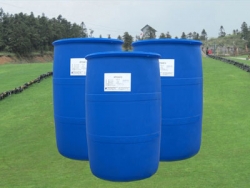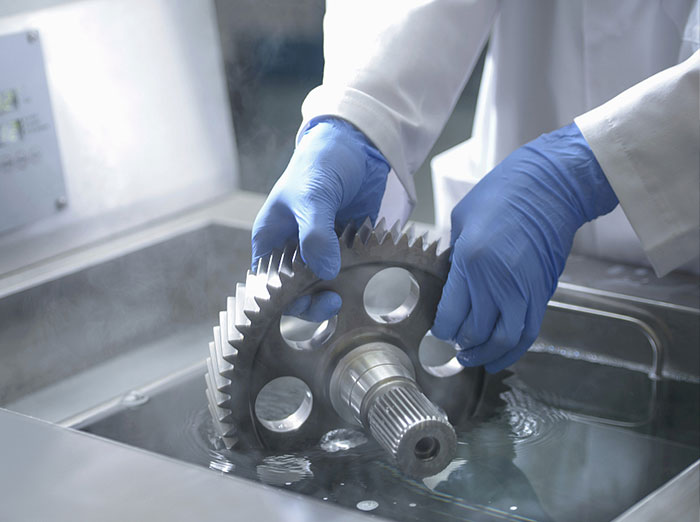Many chemically synthesized alkyl polyglucoside surfactants destroy the ecological environment due to their refractory, toxic and accumulation in the ecosystem. In contrast, biosurfactants are biodegradable and non-toxic to the ecological environment. It is more suitable for pollution control in environmental engineering. For example, in the wastewater treatment process, it can be used as a flotation collector to absorb the charged metal particles to remove toxic metal ions, and to repair sites contaminated by organic matter and heavy metals.

The extraction of fermentation products (also known as downstream processing) costs approximately 60% of the total production cost, which is a major obstacle to the commercialization of biosurfactant products. The optimal extraction method for biosurfactants varies with fermentation operation and its physicochemical properties.
Among them, solvent extraction is the most commonly used extraction method. For example, Kuyukina and other biosurfactants produced by extracting Rhodococcus by methyl-tert-butyl ether can obtain a higher yield of 10 mg/L.
Ultrafiltration is a new method for extracting biosurfactants. Lin et al. extracted the lipopeptide biosurfactant Shavanting from Bacillus subtilis from the fermentation broth with an ultrafiltration membrane with a molecular weight cutoff of 30,000 Da, with a yield of 95%. Mattei et al. designed a continuous extraction device for biosurfactants that can be continuously extracted using a facet flow filtration method with yields up to 3 g/L.

The product extraction methods compatible with continuous fermentation production include foam separation, ion exchange resin method, and the like. Davis et al. continuously extracted Shapirin from Bacillus subtilis by foam separation method, and the yield was 71.4%. The extraction process of rhamnolipid is carried out by centrifugal filtration to remove the cells, and then the rhamnolipid is concentrated on Amperite XAD-2 resin by adsorption chromatography, followed by ion exchange chromatography, and finally the liquid is evaporated and freeze-dried. A finished product with a purity of 90% can be obtained with a yield of 60%.
Compared with the microbial fermentation method, the surfactant molecules synthesized by the enzymatic method are mostly molecules with relatively simple structure, but also have excellent surface activity. The advantages are low extraction cost of the product, convenient secondary structure improvement, easy purification, and reusable immobilized enzymes, and the enzymatically synthesized surfactant can be used to produce high value-added products such as pharmaceutical components. Although the cost of the enzyme preparation is high at this stage, it is expected to reduce the production cost by enhancing the stability and activity of the enzyme by genetic engineering technology.
